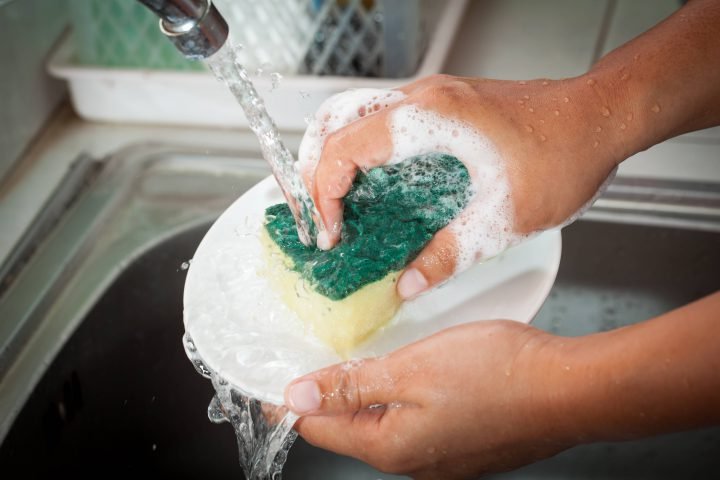
HOW TO KEEP YOUR DISHWASHING SPONGE GERMFREE?
Did you know: there is a massive amount of life existing inside your dishwashing sponge! A group of German researchers recently examined samples of used dish wash sponges and guess what they found – it contained 82 billion bacteria per cubic inch! That’s a lot of bacteria that can be transferred onto your dish while washing with the sponge. Nightmarish, isn’t it?
However, there are some easy methods to clean the dish wash sponges and get rid of the little friends that dwell there. There are of course various methodologies, and we would throw light upon them one by one.
Cleaning a Dish Sponge with Cleaners :
Studies have been carried out to understand the effectiveness of cleaning substances on dish sponges. Here are five of the most effective ones based on their research.
* Bleach diluted with water
* Isopropyl alcohol
* Vinegar (undiluted)
* Ammonia (1:32)
* Hydrogen peroxide (undiluted)
Based on the above list, bleach seems to be a simple solution to this problem. However, cleaning your sponges with a toxic substance such as bleach can have a severe health impact. Using bleach to clean the sponges more than once a week elevates your risks of asthma. Apart from this, there is a high probability that toxic substances will stick to the sponge with which you wash the daily utensils. And this, in turn, will migrate on to the dishes. Exposure to such toxins (though minimal in nature) can have an adverse health impact. So, you should avoid toxic substances while cleaning the dishwashing sponge.
Also mentioned in the list is Vinegar. Now, this is a cleaner you can readily find in your kitchen. It is also non-toxic and edible. Vinegar offers a high quality of cleaning and can be easily used for this cleaning exercise.

